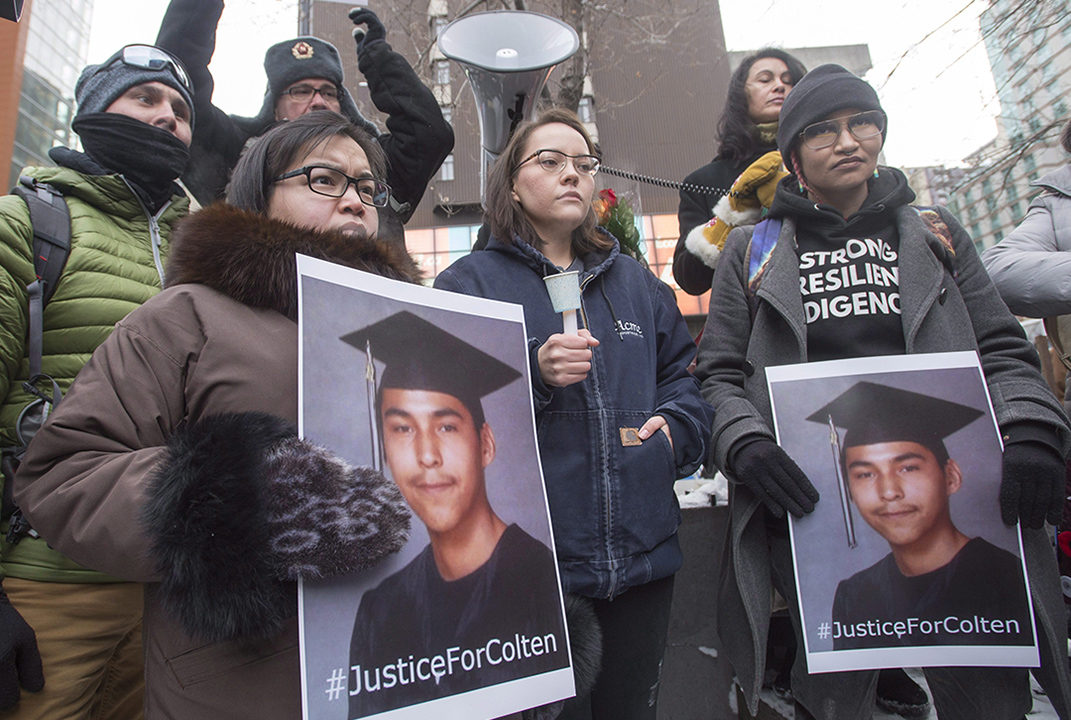
Social media full of vitriolic myths in the aftermath of the Stanley trial
Social media posts on Facebook and Twitter, and online comments in the days since Gerald Stanley’s acquittal have been saturated with disturbing rants.
By KEITH THOR CARLSONMany of them are written by Canadians who — from my perspective as a researcher of Indigenous and settler history — are expressing anxiety that the privilege and comfort afforded them through our system of settler colonialism might be slipping away.
Rather than exploring the structures that have provided privileges to some while denying them to others, or finding ways to express empathy for those who are hurting, some Canadians are seeking solace in tired, hurtful and long discredited settler colonial myths.
These myths generally fall into two categories: Those we tell about ourselves, and those we tell about Indigenous people. Together they serve corrosive purposes that risk driving Indigenous and settler Canadians farther apart and making reconciliation ever more elusive.
Myth: Colonial discovery and settler destiny
Starting with the myth of the Doctrine of Discovery in the 15th century, settlers have rationalized that we could claim North American lands because Indigenous peoples somehow didn’t really own them.
This concept is principally based on the ethnocentric prejudice that Indigenous people did not look and act like Europeans. The British legal concept of Terra Nullius, which incorrectly defined tracts of North America as empty lands, reinforced the idea that Indigenous people had no right to the land.
In the United States, settlers invented the myth of Manifest Destiny: A God-given “obligation” to expand from the Atlantic coast to occupy and control the entire continent. As settlers transformed forests and plains into agricultural lands and won several strategic battles against both European and Indigenous peoples, they reasoned their success was proof of America’s right to displace Indigenous people.
In the late 19th century Social Darwinism helped to give such myths a degree of quasi-academic credibility. Scholars began describing the successful American expansion across western frontiers as a product of Anglo-American racial superiority.
In Canada, the mythology was similar. The biblically inspired name, “Dominion” of Canada, literally embodies the idea of settler Canada assuming God’s “dominion from sea to sea, and from the river unto the ends of the earth” (Psalms 72:28).
Thus, Canada assumed sovereignty over vast territories by positioning Indigenous peoples as mere occupants of lands within their Dominion.
Meanwhile academic historians like Harold Innis and Donald Creighton provided an interpretive framework that explained how the pursuit of natural resources by British capitalists and French fur traders had facilitated Canada’s east-west, coast-to-coast orientation. In this narrative Canada exists not because of the continent’s natural north-south system of mountains and rivers, but despite it.
Keith Thor Carlson is a professor of history and Research Chair in Indigenous & Community-Engaged History.

